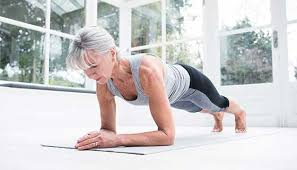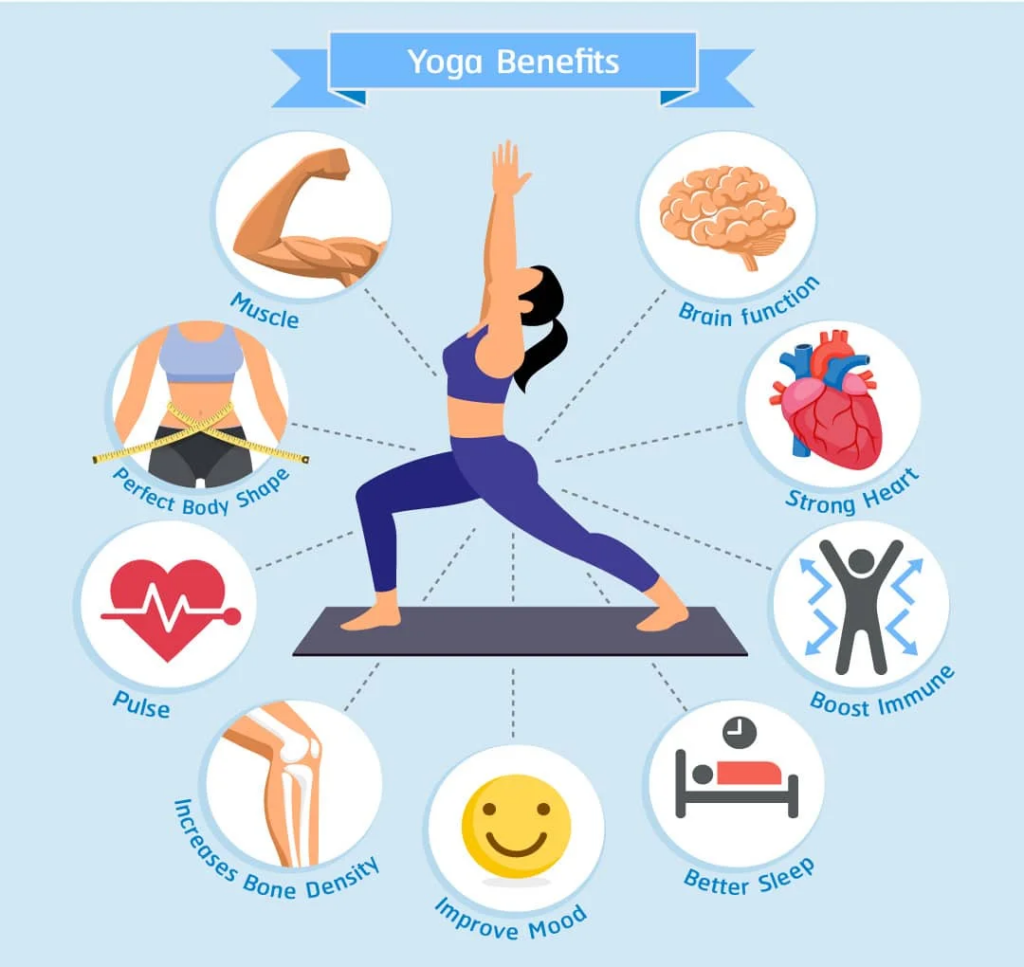
Holistic approach of conventional yoga can be expressed in terms such as; physical poses, breath control and meditation. It does not only improve the fitness level but also has mental and emotional advantages. Is yoga just something that you do as exercise?
How does yoga compare to other forms of exercise?
As far as yoga is concerned, it offers unique benefits such as flexibility and stress relief but does not entirely replace other exercises like cardio or strength training.
Yoga differs from many other fitness regimens because of its holistic approach to wellness. Unlike traditional workouts such as running, cycling, or weight lifting that primarily focus on conditioning the body physically, yoga integrates all aspects of one’s being; physical, emotional, and mental well-being.
In this regard, there is no match for yoga in terms of increasing flexibility by means of stretching exercises, breathing exercises for relaxation, and meditation activities for stress-relieving purposes. However, it may not fulfill the cardiovascular intensity or muscle-building requirements necessary for some individuals’ fitness objectives.
Can yoga alone provide a complete workout?
Yoga workouts should be accompanied by cardio or strength exercises if you want to achieve peak fitness levels.
Yoga is a wonderful way to improve your flexibility, and strengthen your body as well as mind. However, it may not be enough on its own to meet all of the physical fitness requirements of someone targeting specific goals like cardiovascular endurance or large muscle mass.
Simply put, Yoga’s main aim is stretching as well as balance and body awareness training, which keeps one healthy in general terms. In other words, while performing Yoga can lead to muscle tone improvement specifically through such exercises as the Plank pose/Warrior pose but they lack the intensity needed for significant muscle gain or good cardiovascular health.
It’s good to incorporate both cardiovascular exercises such as running or cycling and resistance training into a Yoga routine so that different muscle groups are targeted and overall body fitness is improved.
Is yoga effective for weight loss?
Yes, yoga aids in the losing of weight through increasing metabolism, building muscle tone and encouraging mindful eating.
Yoga may not be as effective at burning calories as high-intensity exercises do but it can play a major role in overall weight management. Regular practice of Yoga helps to improve muscle tone and flexibility which both serve to enhance metabolic rates.
Moreover, by encouraging mindfulness while eating, Yoga enables its practitioners to make healthier food choices and avoid overeating. Also, it is important to realize that the stress-relieving benefits of Yoga contribute towards weight loss since stress is often linked with poor eating habits or even obesity. It is advisable that one combines Yoga with other forms of exercise such as cardio or strength training for maximum weight loss.
How does yoga improve mental health?
Yoga reduces stress levels, and increases concentration and emotional balance thus improving mental health.
Yoga has tremendous effects on mental health particularly related to alleviating stress and anxiety. For instance, deep breathing (pranayama), meditation along mindfulness techniques lower levels of cortisol hormone which is responsible for stress.
The same techniques also help in focusing attention hence easing work overload and daily activities. A regular yoga routine promotes emotional steadiness where individuals face difficult emotions as well as situations.
Gradually over time, the mental clarity attained from practicing yoga will bring peace within oneself and ultimately result in leading a more balanced life; therefore making it an invaluable tool to manage one’s moods like depression or anxiety.
What types of yoga are best for beginners?

The most suitable kinds for beginners are Hatha and Vinyasa-yoga poses that are easy to perform and emphasize basic techniques.
Beginners should start off with Hatha or Vinyasa-style yoga sessions when beginning their yoga journey. Beginners find Hatha yoga more accessible because it puts a lot of emphasis on simple poses, slow movements, proper alignment, etc. All these combine together to stretch the muscles gradually thus creating strength and flexibility gradually.
This is a great style for learning the foundational poses as well as understanding the breath control aspect. On the other hand, Vinyasa yoga is slightly more dynamic and it introduces how to flow through movements in tandem with breaths which are essential parts of advanced yoga practices. Both these styles provide a solid foundation that prepares students for more complex yoga classes in the future. Regularly practicing these styles will help build self-esteem, develop kinesthetic awareness, and build strength over time.
How often should you practice yoga for optimal benefits?
To get significant improvements in flexibility, strength, and mental calmness one needs to practice Yoga 3-4 times a week minimum.
To fully reap the benefits of yoga, there must be consistency. 3-4 times a week is enough for an improvement in physical and mental aspects that are noticeable. The consistency helps to develop muscle memory, which then develops flexibility and strength over time. Additionally, it improves body awareness thereby promoting better posture and more efficient movement. When done several times weekly, this kind of mind training supports sustained attention span, stress reduction and emotional stability as well as general mental health.
Mixing shorter daily sessions with longer ones several times a week creates a varied practice suitable for various lifestyle needs but still delivers optimal results.
Is morning or evening the best time to practice yoga?
Morning and nighttime classes both have their advantages. Early morning classes will invigorate your body while late night classes will help you sleep better.
The best time to practice yoga depends on personal preferences and goals. For instance, morning sessions should be done to wake up the body and mind, so as to have a positive day ahead. These sessions are essential in stimulating the body functions, elevating metabolism rates, and enhancing mental lucidity that are useful in making daily accomplishments such as task assignments much easier.
Alternatively, evening yoga is more about rest and tension release. On such evenings practicing yoga helps to relieve stress, allowing better sleeping patterns and lowered anxiety levels due to reduced tension. Most people prefer either morning or evening classes but one can always combine classes at different hours of the day to remain physically fit and healthy mentally.
Conclusion
In summary we have examined diverse aspects relating to yoga such as being a daily physical regimen or matching it with different fitness levels. Although there are many types of workouts available, the focal point should be directed towards finding one that suits your individuality and desired fitness level. The appropriateness of this exercise depends entirely upon one’s health intentions plus how much push they get from engaging in it.
